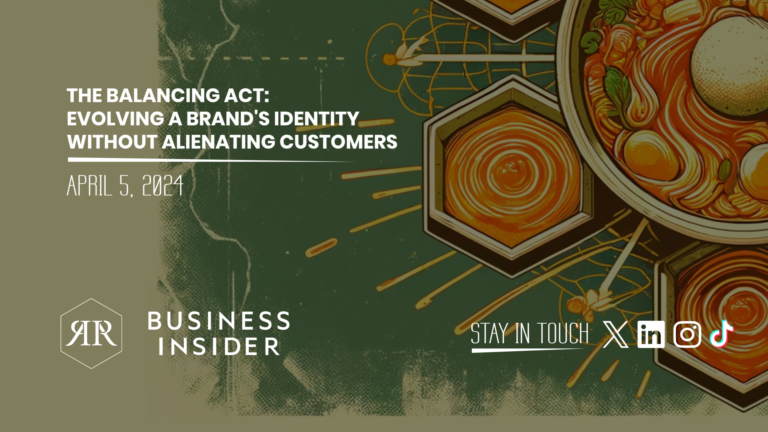Intro
In the ever-evolving landscape of marketing and branding, companies often face the challenging task of striking a delicate balance between evolving their brand’s identity to stay relevant and maintaining their core essence to retain loyal customers. This balance becomes even more critical during periods of growth and expansion, where drastic changes can lead to cognitive dissonance in brand perception among consumers. Understanding the nuances of brand evolution and its impact on customer loyalty, investor confidence, and overall company valuation is essential for businesses looking to navigate this complex terrain successfully. What is the balancing act between brand identity, consumer expectations, and the strategic management of brand evolution? As I shared in a recent Business Insider article, “The long, strange decline of iconic Chicken Soup for the Soul brand” by Amanda Chicago Lewis, brand evolution is fraught with challenges yet essential for survival.
Cognitive Dissonance and Its Impact on Brand Loyalty
The phenomenon of cognitive dissonance plays a pivotal role in the arena of consumer-brand relationships, manifesting when there is a perceived discrepancy between existing beliefs about a brand and new information or experiences. This dissonance is not merely a trivial discomfort but can significantly destabilize brand loyalty, a cornerstone of a company’s sustained success and consumer advocacy. When a brand undergoes changes that are not congruent with the established expectations and perceptions held by its customers, it risks instigating a cognitive conflict that can erode trust and allegiance. More than 60% of Millennial and Gen Z consumers prefer buying from brands that reflect their values.
Effectively navigating this dissonance requires a nuanced understanding of the psychological underpinnings of brand loyalty. Brands must engage in transparent communication and demonstrate authenticity in their actions, ensuring that any evolution in brand identity or values is perceived as a natural progression rather than a radical departure. This strategic alignment between brand evolution and consumer expectation is crucial in mitigating the risk of dissonance.
The Dual-Edged Sword of Brand Evolution
Brand evolution encapsulates a complex paradox, poised between the allure of attracting fresh demographics and the peril of estranging the established consumer base. This balance requires meticulous strategy and foresight, as the implications of significant brand shifts extend far beyond surface aesthetics to the very heart of consumer identity and loyalty. Brands, in their quest for relevance and expansion, must tread carefully, ensuring that their evolution does not undermine the foundational equity built over years of consumer interaction.
Some questions to ponder:
1. What strategies can companies use to minimize the risk of alienating existing customers during a period of brand evolution?
2. Can drastic changes in a brand’s identity lead to an increase in profitability?
3. What are some examples of successful brand evolution without losing its core essence?
Navigating the Future: Strategies for Balancing Brand Evolution and Essence
To adeptly manage the evolution of a brand while preserving its foundational essence demands strategic foresight and meticulous planning. It necessitates a deep dive into understanding market dynamics, consumer behaviors, and emerging trends to ensure that brand development is both purposeful and resonant with target audiences. Brands that seek to maintain relevance in the face of change must prioritize engagement with their community, soliciting feedback and fostering dialogue to align brand trajectories with consumer expectations. This dialogue serves as a critical touchpoint, enabling brands to iterate on their identity in ways that resonate deeply, without forsaking their core values.






